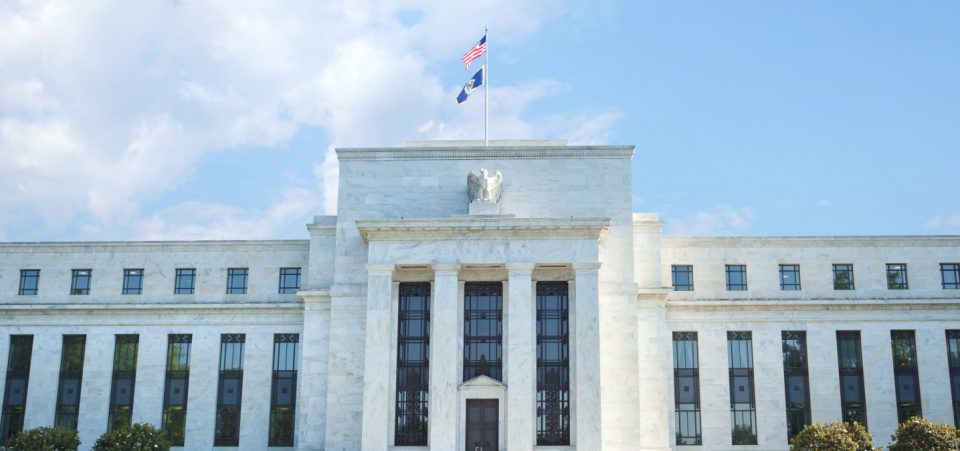Central Banks Could Be Helping Create the Mother of all Bubbles
This may not be a very popular opinion, but it’s worth exploring: central banks could be helping to create the mother of all bubbles.
Some background first.
During and after the financial crisis of 2008–2009, major central banks around the world set a very dangerous precedent. They did whatever it took to end the financial crisis. They lowered interest rates to zero and promised to print money.
What did this do? It made money significantly cheap and it opened a floodgate of investors borrowing money at a very low cost and then investing it in risky assets. Mind you, it wasn’t just investors who did this, companies racked up massive debts and ended up buying a lot of their own shares.
Fast-forward to 2020.
The world was struck with a pandemic in March and the last thing central banks wanted was a financial crisis. So, they went all in and started to print money. In the financial crisis of 2008–2009, they set some limits. This time, however, they vowed to do anything and everything, and their money-printing was much more severe and quick.
Central Banks’ Balance Sheet Grows to $29 Trillion
Look at the chart below. It plots the balance sheet of the Federal Reserve.
It currently sits at $7.2 trillion. Prior to the financial crisis of 2008–2009, it was below $1.0 trillion. Prior to the COVID-19 pandemic, the Fed’s balance sheet was around $4.2 trillion.

(Source: “Assets: Total Assets: Total Assets (Less Eliminations from Consolidation): Wednesday Level,” Federal Reserve Bank of St. Louis, last accessed December 4, 2020.)
Keep in mind, this is just the Federal Reserve’s balance sheet. Other central banks around the world have also been printing money at a very high speed.
According to Morgan Stanley (NYSE:MS), the balance sheets of G4 central banks (including the Federal Reserve, the Bank of England, the Bank of Japan, and the European Central Bank) will balloon to $29.0 trillion—twice as high as at the end of 2019. (Source: “G4 Central Bank Balance Sheet to Expand to $29 Trillion – Morgan Stanley,” FXStreet, November 26, 2020.)
This Is How We Could Get the Mother of All Bubbles
Dear reader, you have to understand how the central banks printed so much money. They bought bonds from banks and gave them cash. This brought interest rates down significantly and made bonds not so attractive.
What happens when yields/returns in one asset class goes down? Investors rush to other assets that generate better returns.
Sadly, we’re seeing that happen right now. The stock market, for example, is absolutely ballooning. If you look at the valuation measures, they are blown out of proportion from historical averages. Since returns from assets like bonds are low, investors continue to buy stocks, thinking they will go higher.
What’s also troubling: central banks have created many issues within the bond market. While panicking, they bought the bonds of the highest quality, mainly government bonds. This caused investors to go into high-yield—or so-called junk—bonds.
Here’s what I know: bubbles can go on for a very long time. We could see valuations become even more ridiculous. But not forever.
I truly believe we could be in the midst of the mother of all bubbles, and that it’s being created by the central banks. This may not have been their intention, but that’s what seems to be happening. When it ends, it won’t be a pretty sight. Don’t get too complacent.






